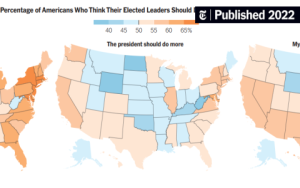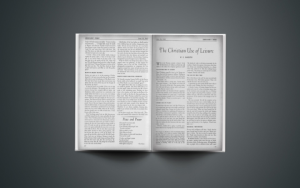Fiona Apple and Tracy Chapman are iconic singer-songwriters with deeply personal vocal deliveries. Their voices, though both powerful and evocative, differ significantly in timbre, emotional expression, and stylistic influences.
Fiona Apple's Vocal Characteristics
Apple's voice is characterized by its smoky, husky timbre and lower register dominance. She often employs a breathy, raspy quality with dramatic inflections, reminiscent of jazz and cabaret traditions. Her delivery features irregular phrasing and vocal fry, adding a raw, confessional intensity. For instance, her signature vibrato and sibilant consonants amplify the moody, introspective themes in her music.
Tracy Chapman's Vocal Characteristics
Chapman's voice contrasts with its warm, resonant clarity, residing primarily in the mid-range. It possesses a smooth, earnest quality, often described as soothing and grounded. Her articulation is precise and narrative-driven, minimizing ornamentation to emphasize lyrical storytelling. Influenced by folk and gospel, she maintains a consistent, soothing cadence that conveys social commentary with understated power.

Key Differences Explained
The distinction between Apple and Chapman lies in three core aspects:
- Timbre and Texture: Apple's voice is darker, rougher, and more textured, with an edgy, metallic undertone; Chapman's is lighter, smoother, and mellower, avoiding distortions.
- Emotional Delivery: Apple's vocals are volatile and theatrical, channeling angst or vulnerability through dynamic shifts; Chapman's are measured and calming, projecting empathy and resolve with steady resonance.
- Artistic Influences: Apple draws from avant-garde jazz and alternative rock, fostering a genre-blurring sound; Chapman is rooted in traditional folk and blues, prioritizing clarity and authenticity.
In summary, Apple's voice leans toward experimental and intimate turmoil, while Chapman's excels in comforting, lucid storytelling, defining their unique musical identities.










